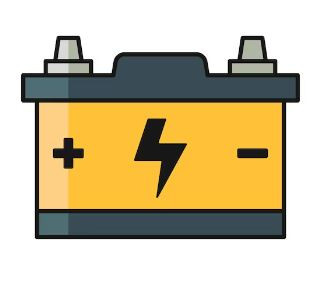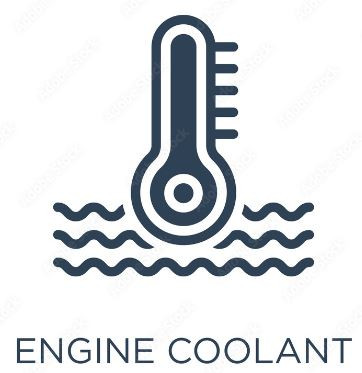Vehicle Battery
Welcome to the module on vehicle batteries. In this lesson, you'll learn about what a vehicle battery is, the production process, the types of raw materials used, different types and their applications, and how to check a vehicle battery, including the importance of its voltage and condition. Let's get started!"
Module 1: What is a Vehicle Battery?
- "A vehicle battery is an essential component that provides the electrical energy needed to start the engine and power various electrical systems in a vehicle."
- "It supplies power to the starter motor, ignition system, and other accessories when the engine is not running."
- "The battery also stabilizes the voltage to keep the engine running smoothly."
Question: "Can you explain why a vehicle battery is crucial for starting the engine and powering electrical systems?"
Module 2: Production Process of Vehicle Batteries
2.1 Raw Material Extraction
- "The process starts with the extraction of raw materials, including lead, lead oxide, sulfuric acid, and plastic."
2.2 Component Manufacturing
- "Lead is processed to form lead plates, while lead oxide is used to create the paste applied to the plates."
- "Plastic is molded into battery cases and covers."
2.3 Assembly
- "Lead plates and separators are assembled into cells, which are then placed into the battery case."
- "The cells are filled with an electrolyte solution, usually sulfuric acid."
2.4 Formation
- "The assembled battery undergoes a formation process where it is charged for the first time, converting lead oxide to lead dioxide and forming the active material."
2.5 Quality Control Testing
- "The battery undergoes rigorous testing to ensure it meets industry standards and performance specifications."
- "Tests include capacity, voltage, and load testing."
Question: "Why is the formation process essential in the production of vehicle batteries?"
Module 3: Types of Raw Materials Used
- "The primary raw materials used in vehicle batteries are lead, lead oxide, sulfuric acid, and plastic."
- "Lead and lead oxide are used to create the battery plates and active material."
- "Sulfuric acid acts as the electrolyte, facilitating the chemical reactions needed to produce electricity."
- "Plastic is used to create the battery case and separators."
Question: "What role does sulfuric acid play in the functioning of a vehicle battery?"
Module 4: Types and Applications of Vehicle Batteries
4.1 Lead-Acid Batteries
- "Lead-acid batteries are the most common type of vehicle battery."
- "They are reliable, cost-effective, and provide high power output."
- Application: "Used in most cars, trucks, and motorcycles."
4.2 Absorbent Glass Mat (AGM) Batteries
- "AGM batteries use a glass mat separator to absorb the electrolyte."
- "They offer better performance, longer life, and are maintenance-free."
- Application: "Used in modern vehicles with high electrical demands, stop-start systems, and advanced safety features."
4.3 Gel Cell Batteries
- "Gel cell batteries use a silica-based gel to suspend the electrolyte."
- "They are known for their deep cycle capabilities and resistance to vibration."
- Application: "Used in off-road vehicles, marine applications, and recreational vehicles."
4.4 Lithium-Ion Batteries
- "Lithium-ion batteries offer high energy density, lightweight, and long life."
- "They are more expensive but provide superior performance and faster charging."
- Application: "Used in electric vehicles (EVs) and hybrid vehicles."
Question: "Which type of vehicle battery would you recommend for an electric vehicle and why?"
Module 5: How to Check a Vehicle Battery
- "Checking a vehicle battery involves inspecting its voltage, terminals, and overall condition."
- "Ensure the vehicle is turned off before checking the battery."
- "Use a multimeter to measure the battery voltage; a fully charged battery should read around 12.6 volts."
- "Inspect the battery terminals for any signs of corrosion or loose connections."
- "Check the battery case for any cracks, leaks, or bulging."
Steps to Check a Vehicle Battery:
- "Ensure the vehicle is turned off."
- "Open the hood and locate the battery."
- "Use a multimeter to measure the voltage across the battery terminals."
- "Inspect the battery terminals for corrosion and clean if necessary."
- "Check the battery case for any physical damage."
Question: "Why is it important to regularly check the voltage and condition of a vehicle battery?"
Conclusion
"Thank you for completing the module on vehicle batteries. Understanding the types, production process, and proper inspection of vehicle batteries is essential for maintaining the performance and reliability of your vehicle. Regular checks and proper maintenance can prevent unexpected breakdowns and extend the life of your battery."












No Comments